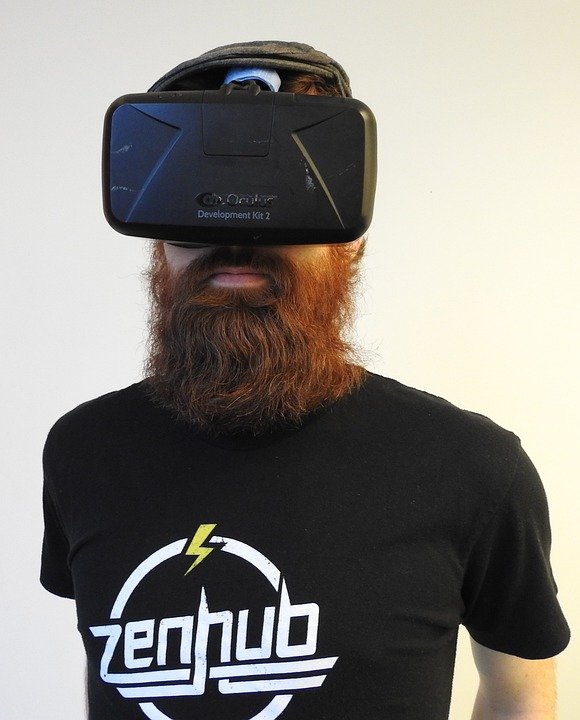The Rise of Virtual Reality: From Entertainment to Revolutionizing Healthcare
Virtual reality (VR) technology has come a long way in the past few years, evolving from a niche form of entertainment to a revolutionary tool with the potential to transform various industries, including healthcare. With its ability to create immersive, interactive, and realistic experiences, VR has gone beyond the realm of gaming and entertainment to make a significant impact on healthcare, offering new ways to diagnose, treat, and support patients.
One of the most significant ways in which VR is revolutionizing healthcare is through the use of immersive therapy. VR has been used to help patients manage pain, anxiety, and phobias by creating virtual environments that distract and calm the mind. For example, VR therapy has been found to be effective in treating patients with post-traumatic stress disorder (PTSD), allowing them to confront and process their traumatic experiences in a controlled and safe environment.
In addition to therapy, VR is also being used for medical training and education. Medical students and healthcare professionals can now practice surgeries, medical procedures, and patient interactions in realistic VR simulations, providing a safe and cost-effective way to improve their skills and knowledge. This immersive training allows medical professionals to learn from their mistakes without risking the lives of real patients, ultimately leading to better patient care and outcomes.
Moreover, VR is also being utilized for remote healthcare delivery, allowing patients to access medical care and support from the comfort of their homes. Virtual consultations, therapy sessions, and follow-up appointments can be conducted using VR technology, providing a convenient and accessible way for patients to receive the care they need, especially for those who cannot easily travel to healthcare facilities.
Furthermore, VR is being used to improve the quality of life for patients with mobility limitations. By creating virtual experiences and environments, individuals with physical disabilities can explore new places, participate in activities, and socialize with others, reducing feelings of isolation and improving their overall well-being.
The rise of VR in healthcare has not only expanded the possibilities for diagnosis, treatment, and patient care but also offers a potential solution to some of the biggest challenges faced by the industry, such as limited resources, high costs, and accessibility issues. The use of VR technology in healthcare has the potential to improve patient outcomes, reduce healthcare costs, and make medical care more inclusive and personalized.
As VR technology continues to advance and become more accessible, its impact on healthcare is only expected to grow. With ongoing research and development, we can expect to see even more innovative applications of VR in healthcare, ultimately leading to improved patient care, better outcomes, and a truly transformative revolution in the healthcare industry.
